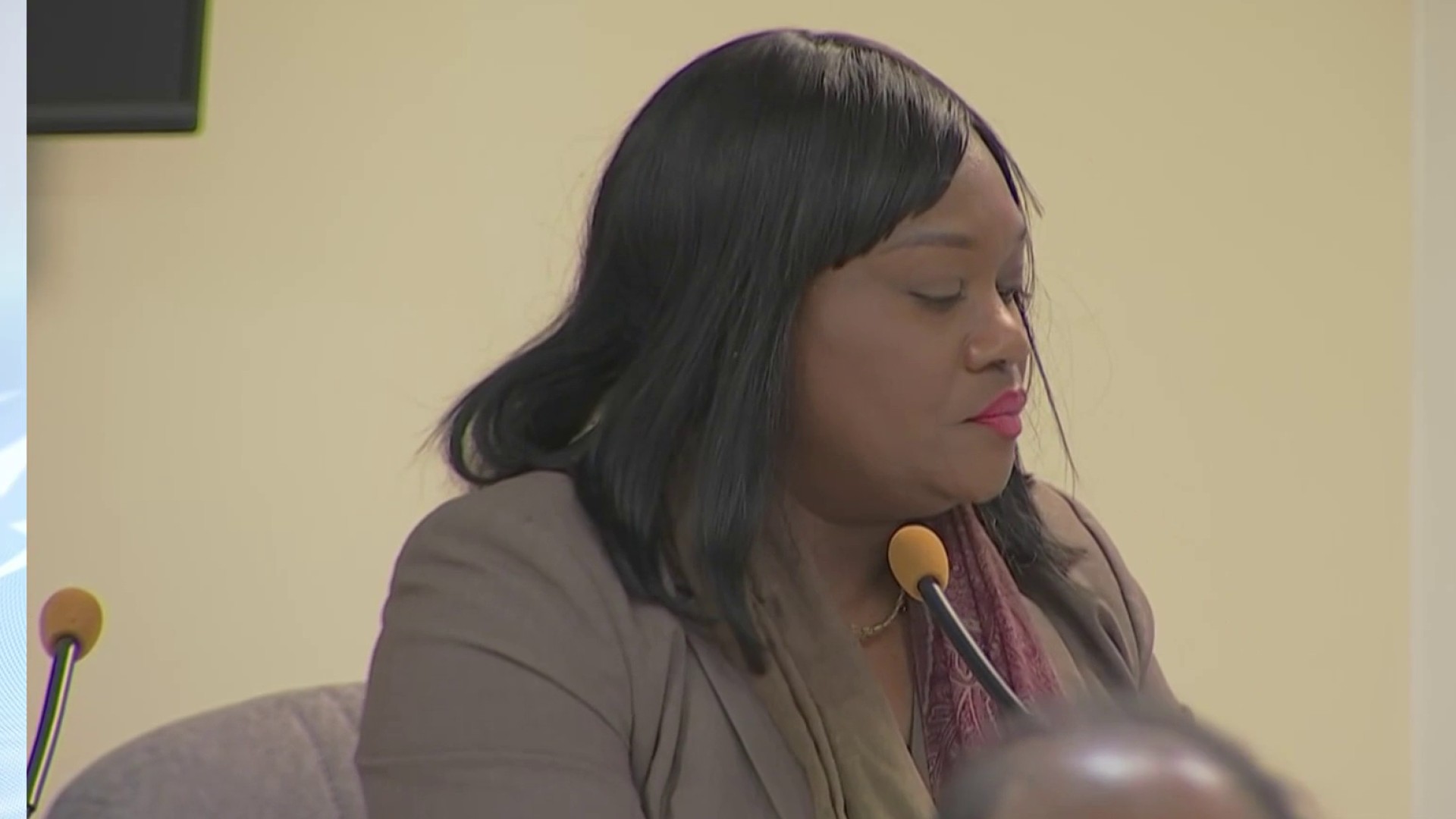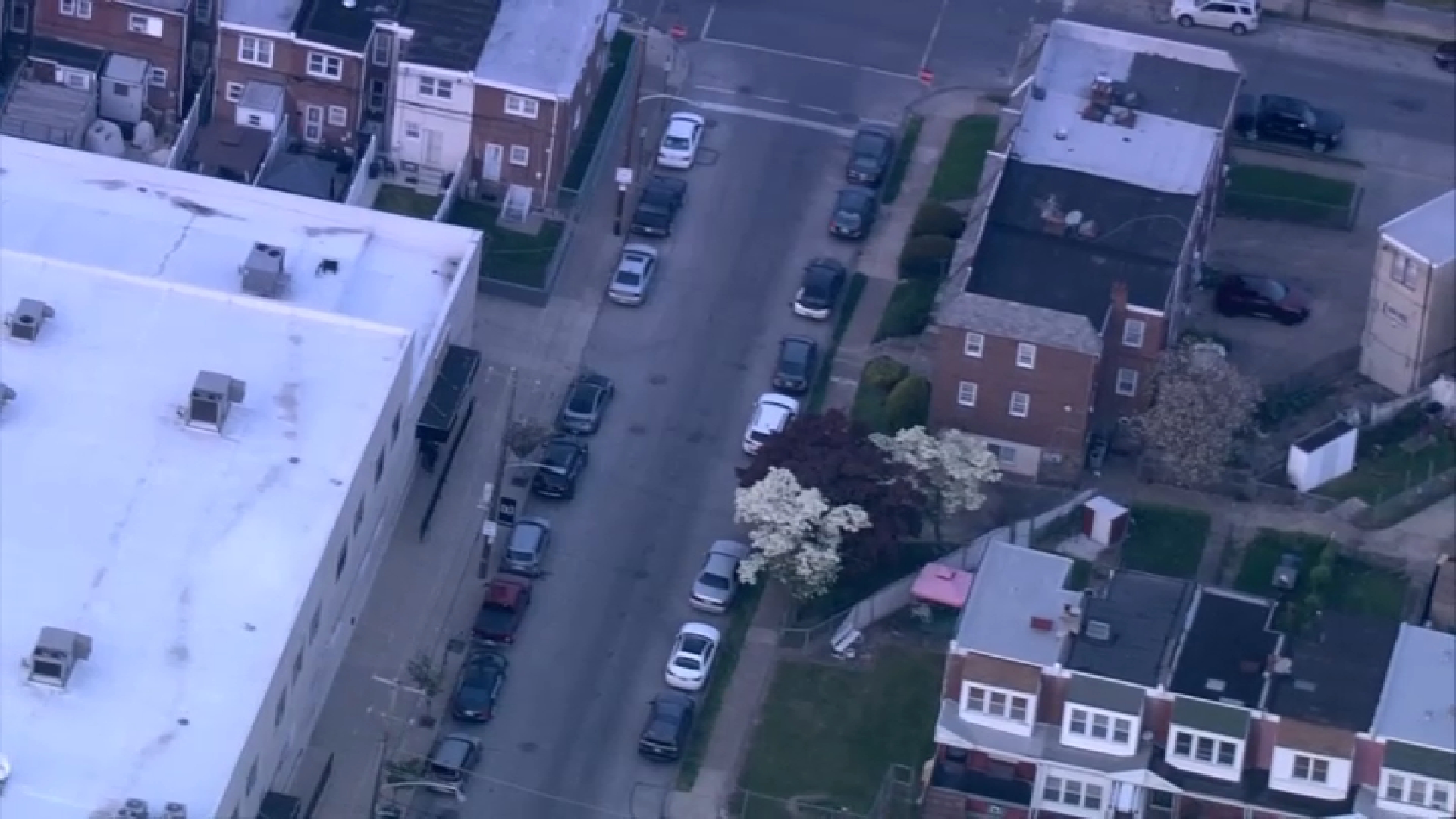A large spike in overdoses and addictions to opioid drugs like heroin and prescription painkillers in Philadelphia has city health officials alarmed.
Key findings from a new report on drug prevalence in the city compiled by the Office of Addiction Services show a 15-percent jump in deaths where prescription opioids like oxycodone and codeine were detected.
In 2012, prescription opioids made up 65.5-percent of the drugs detected in people at the time of their death. That’s up from 51.1-percent in 2011 and 42.7-percent in 2010.
"It is doing more than skyrocketing…," said Roland Lamb, Director of the Office of Addiction Services whose office sees 27,000 people a year for addiction issues. "We’re seeing increases in people who are dying. We’re seeing increases of people in treatment. We’re seeing increases in people who are coming out of incarceration for drug related crimes."
Overdose deaths in Philadelphia from codeine soared by 45-percent last year to 214 deaths from 147. Oxycodone and methadone also took more lives than the years before. Officials say oxymorphone, which caused 72 deaths in 2012, wasn’t even in the top 10 list of overdose drugs previously.
"We’re seeing that over 54-percent of new initiates on prescription drugs get them from a family member or friend," Lamb said citing a national statistic. "The medicine cabinet becomes the dealer."
Lamb calls the increase in prescription drug abuse a "culture change."
Local
Breaking news and the stories that matter to your neighborhood.
"Before, people used to imagine that people got hooked on illicit drug use by hanging around an alley with some nefarious figure offering you a glassine bag with something in it. Now you go to a party…and you go into the medicine cabinet and you take their mom’s drugs and you pop an Oxy.”
The prescription pills are also contributing to Philadelphia’s long-standing heroin problem. Lamb says the sheer availability of the highly-addictive drug from South America and its relative low-cost helps transition opioid pill addicts to heroin quickly.
“Let’s say the typical habit is $80 a day, in terms of pills. Well, you can manage that habit with three $10 bags of heroin a day,” he said. “So eventually, if you don’t have the means, you’re going to go to heroin. It’s cheaper, the effects are more immediate, but the drawback there is the needle.”
Heroin accounted for 287 overdose deaths in 2012 – claiming two more lives than injuries from gunshots last year, according to the report. Lamb believes addicts in Philadelphia may be converting over to heroin from pills faster than officials expect.
"I happen to think that we have a much bigger problem of the use of non-medical opioids than we know," he said adding that surveillance from neighborhood programs shows strong trends to support his theory.
The reality of Philadelphia's opioid prevalence comes a day after NBC10.com reported on, what one official called an "unreal" spike, in opioid overdoses in the city's suburbs. Sixty-three people overdosed in Bensalem, Bucks County, Pa., which borders the city to the north, over the past month. The jump has prompted officials to develop a "groundbreaking" plan to attack the problem.
While the report’s findings are stark, Lamb hopes it will empower the public to become more informed and make a change. He’s asking people to question their physicians about the effects of the prescription opioid drugs, to keep a better watch over the medicine in their cabinets and urge them to recycle unused drugs.
Officials hope to extend that discussion to the medical community in November by hosting a town hall to find solutions to the prescription drug epidemic.
"I’m hoping that we begin a dialogue about addition," he said. "Why can’t we better train docs around the issue of addiction and the dynamics of the physical interactions of opioids?"
Contact Vince Lattanzio at 610.668.5532, vince.lattanzio@nbcuni.com or follow @VinceLattanzio on Twitter.



